Unleash Seamless Recurring Billing with Apple Pay, Google Pay, and MobiusPay
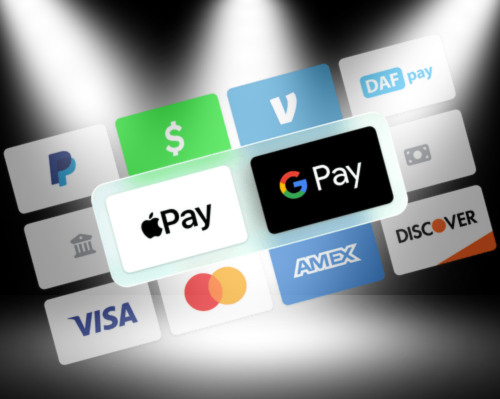
It’s 2025. Well, almost 2026 - but who is counting?
Today, digital wallets like Apple Pay and Google Pay are more than convenient add-ons. They’re essential parts of the modern payment experience, as recognizable at checkout as passing a Starbucks on the Turnpike (or stopping, for some of us). These payment tools have redefined what frictionless payments really mean.
Now, merchants can leverage them in a much more powerful way: with recurring billing capabilities. Sure, both platforms have technically supported recurring payments for some time, but new technology has made those capabilities more robust, reliable, and impactful. The result? Higher customer retention, smoother checkouts, and stronger fraud prevention baked right into every transaction.
In this article, we’ll look at how Apple Pay and Google Pay are evolving and why merchants who embrace these updates now will be best positioned for the next phase of digital payments.
The Surge in Apple Pay and Google Pay Adoption
Not long ago, paying with your phone was something early adopters did to skip pulling out their wallet. They were also “flexing” their techy muscles to the rest of us who were lagging behind, confused and unsettled by using our phones to pay for things.
Today? Well, that’s just how people pay.
You see it everywhere. From the Whole Foods checkout to a food truck in the Lowe’s parking lot; people lift their phones to check out efficiently, quickly, and most importantly, safely.
Digital wallets have become the new normal. In fact, over four billion people worldwide now use them, and more than 90% of U.S. retailers accept Apple Pay. Google Pay continues to dominate Android devices, giving merchants access to an even wider global audience.
And digital wallet payments are projected to overtake both credit and debit cards by 2030, accounting for more than half of all North American eCommerce transactions.
So what’s driving that growth?
Simplicity and trust.
Consumers want speed, security, and predictability during checkout, and digital wallets deliver all three. A single tap confirms payment, biometric authentication verifies identity, and built-in tokenization shields sensitive data from fraud.
For merchants, this means fewer abandoned carts, faster transactions, and happier customers.
Digital wallets don’t just make the checkout experience easier; they make it smarter and safer.
Recurring Billing: The Game-Changer for Merchants
Recurring billing isn’t new to Apple Pay or Google Pay, however, there’s a lot of advancement and evolutions going down. And that’s a great thing for merchants (particularly those of you using MobiusPay).
In the past, setting up recurring payments through these wallets required more work behind the scenes.
Today, the process is smoother, more stable, and far easier for both merchants and consumers.
The result is a checkout experience that feels effortless and reliable, no matter what device or browser a customer uses.
For merchants, this means a lot more than convenience. It opens the door to steady, predictable revenue through memberships, subscriptions, and installment payments. Customers can approve ongoing billing directly from their wallet app, eliminating the need to re-enter payment details or manage renewals manually.
The guts or “the why” may be a bit boring for some of you. So we’ll keep it simple.
How It Works
For consumers and merchants alike, recurring billing through Apple Pay and Google Pay delivers a seamless experience:
- For consumers: It’s completely invisible. They agree once, and their digital wallet manages the rest automatically.
- For merchants: Each charge runs smoothly without storing sensitive data or dealing with compliance headaches.
- For both: The result is a payment experience built on consistency, customer trust, and the ability to scale without friction.
That ease of use drives retention. When payments happen automatically and securely, customers stick around longer. And for high-risk merchants, it also means fewer failed payments, reduced churn, and less exposure to fraud.
Recurring billing through Apple Pay and Google Pay brings together everything merchants want from a modern payment experience: consistency, customer trust, and the ability to scale without friction.
Frictionless Payments & Higher Conversions
How many of you skipped to this section?
Don’t feel bad, we get it. You’re in a safe space here. No shame at all.
A fast, simple checkout can make or break a sale. Every extra step or form field adds friction, and friction leads to cart abandonment. We don’t like abandonment. And we’ve always loved frictionless payment experiences, including with Crypto.
Apple Pay and Google Pay were designed to remove that friction entirely.
Customers can complete a purchase in seconds with no typing, no password resets, no card entry errors. Just a quick biometric confirmation, and the payment is done.
This kind of convenience has a measurable impact.
Research from the Baymard Institute found that poor checkout design is one of the biggest causes of abandoned carts. Their testing showed that improving the checkout experience could increase conversions by as much as 35 percent.
Both Apple Pay and Google Pay now work seamlessly across browsers, devices, and operating systems. That means customers can start a transaction on their laptop and finish it with their phone, or shop on a Windows computer and still pay with Apple Pay. The experience is fast, consistent, and secure no matter how they connect.
For merchants, that simplicity translates directly into revenue. Less friction at checkout means fewer abandoned carts, more completed sales, and a better overall customer experience. And all without adding extra steps or security risks.
But wait, there’s more…
Built-In Fraud and Chargeback Protection
One of the biggest advantages of Apple Pay and Google Pay is the built-in security they bring to every transaction. Each payment is verified through biometric authentication, meaning the person paying is almost always the rightful cardholder.
Behind the scenes, these wallets never share a customer’s actual card number. I think we all understand that’s been the ultimate goal in processing for decades.
So what happens instead?
They use what’s called tokenization (learn more about tokenization here) a secure system that replaces card details with a one-time, encrypted code. That token is unique to each transaction, making it nearly impossible for bad actors to intercept or reuse payment information.
For merchants, that adds a critical layer of protection. Tokenized transactions drastically reduce fraud exposure and, in turn, the number of chargebacks. Combined with the dispute management and compliance tools offered by payment processors like MobiusPay, merchants gain peace of mind knowing every transaction is protected from start to finish.
The result is a safer, more trusted payment environment for both sides of the checkout counter.
In-Store and Online Flexibility
One of the most valuable updates for merchants in 2025 is how Apple Pay and Google Pay now function across nearly every checkout environment.
They no longer live only inside certain browsers or apps.
Whether a customer is tapping their phone in-store or completing a purchase from a laptop, the experience feels consistent, fast, and familiar.
Apple Pay now works in any major browser and operating system, while Google Pay continues to expand its reach across Android and Chrome. That means merchants can meet customers wherever they shop, no hardware upgrades, no complex integrations.
For high-risk businesses, this flexibility matters.
Many operate across multiple channels like eCommerce, mobile apps, retail locations, or subscription models, and each of those carries its own compliance and fraud challenges. By accepting Apple Pay and Google Pay, these merchants can unify those channels under a single, secure process.
Every transaction, regardless of platform, runs through the same encrypted, tokenized system. That consistency not only reduces fraud exposure but also simplifies PCI compliance and improves the customer experience from start to finish.
For merchants who have struggled to balance accessibility with risk, digital wallets finally deliver both.
How MobiusPay Helps Merchants Integrate Apple Pay and Google Pay
Adding Apple Pay or Google Pay to your checkout process is one thing. Making it work efficiently, compliantly, and profitably in a high-risk environment is another.
And that’s where MobiusPay comes in.
MobiusPay specializes in connecting high-risk merchants to the same frictionless, secure payment tools that mainstream businesses rely on. Our team handles the technical setup, recurring billing configuration, and compliance alignment needed to accept digital wallet payments safely and effectively.
We help merchants:
- Integrate Apple Pay and Google Pay across web, mobile, and in-store systems
- Configure recurring and subscription billing for consistent, automated revenue
- Reduce fraud exposure and manage chargebacks with built-in prevention tools
- Stay compliant with evolving card network and digital wallet regulations
For many high-risk industries, from subscription-based services to online entertainment and beyond, traditional payment gateways can be limiting.
MobiusPay removes those limits by pairing modern payment technology with the risk management expertise these merchants require.
The result is a digital wallet experience that’s as seamless as it is secure, giving high-risk merchants access to the same trust and convenience consumers expect everywhere else they shop.
Return to Blog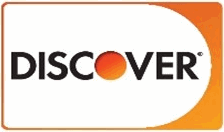

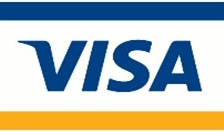
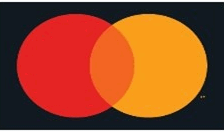
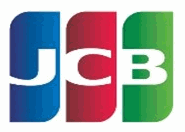
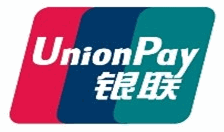
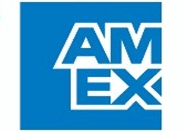
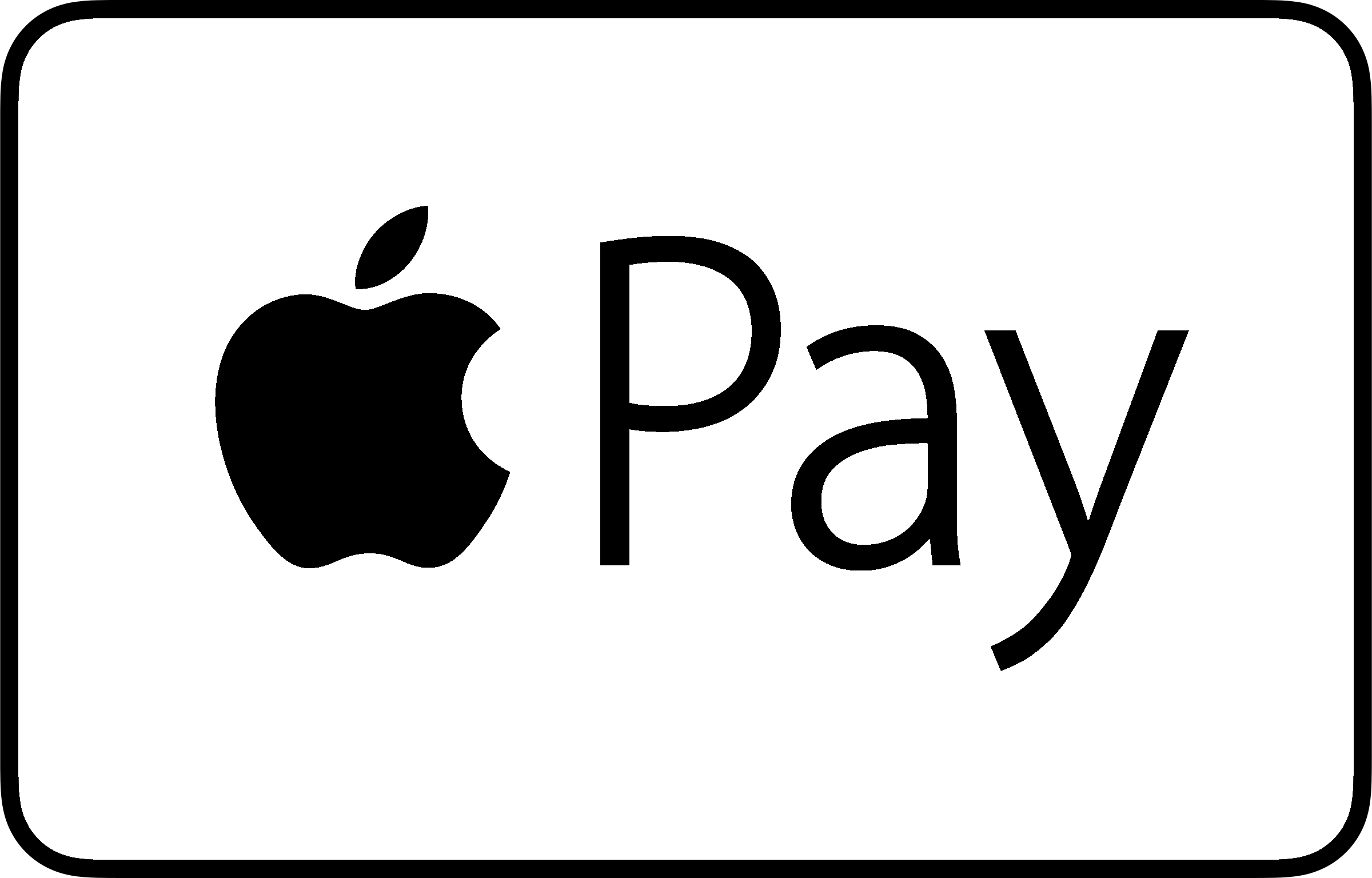

* Created by
